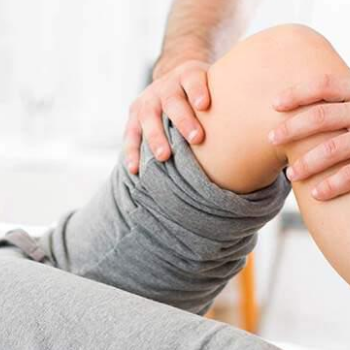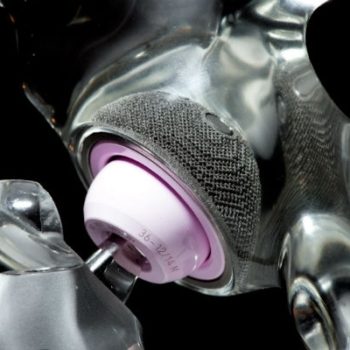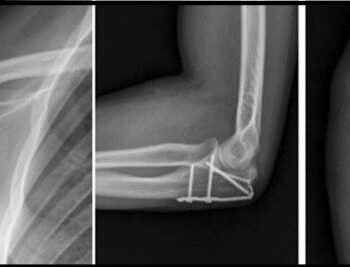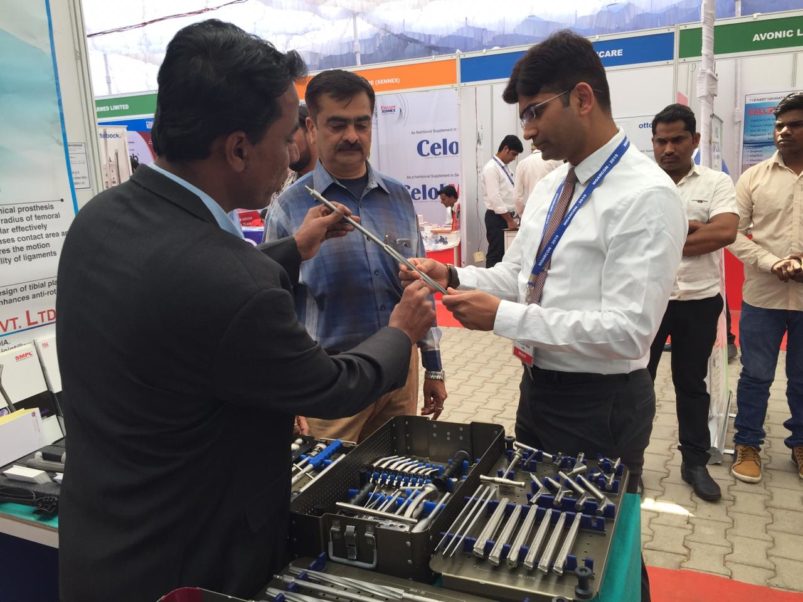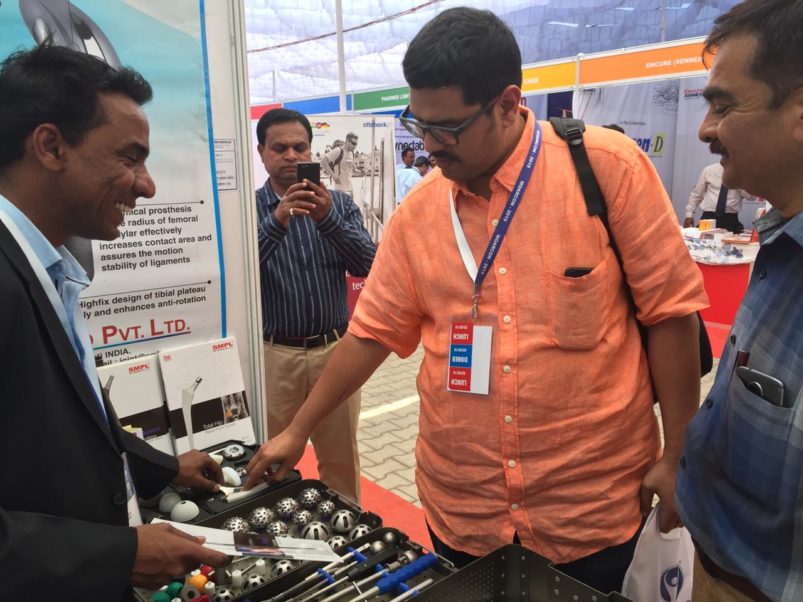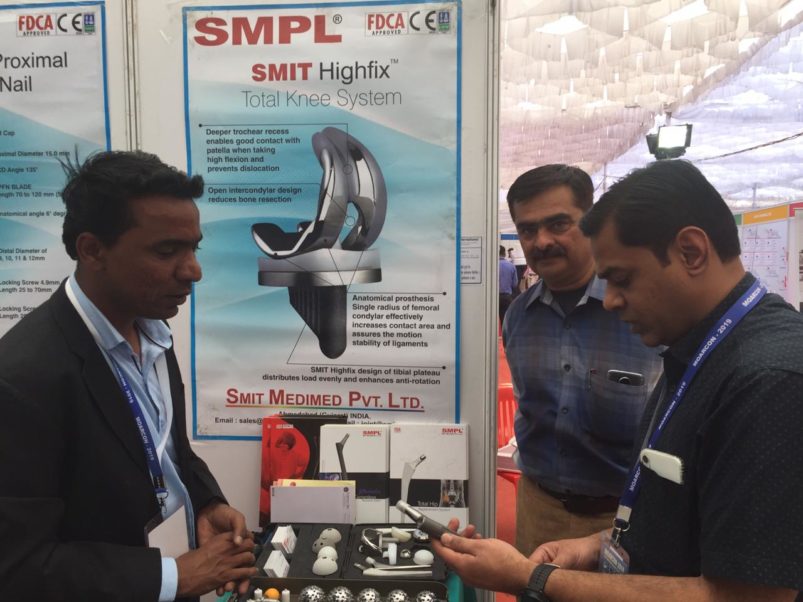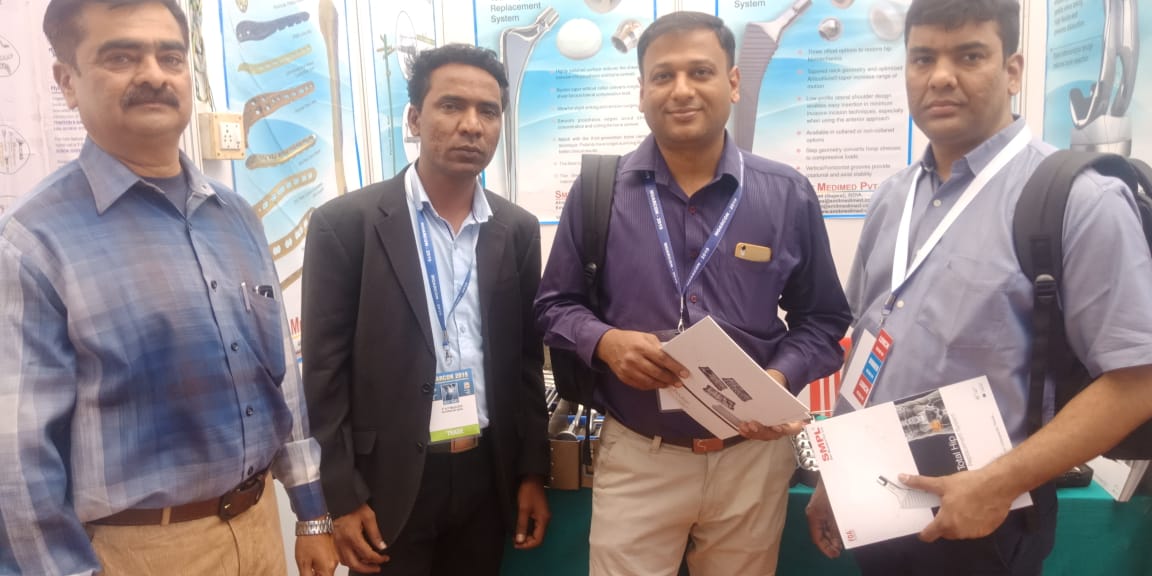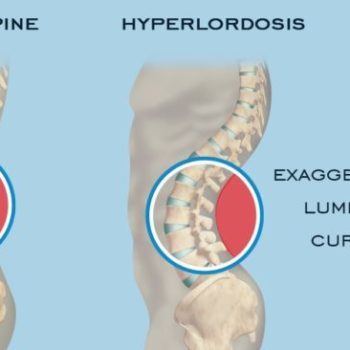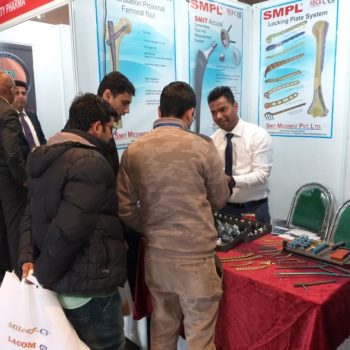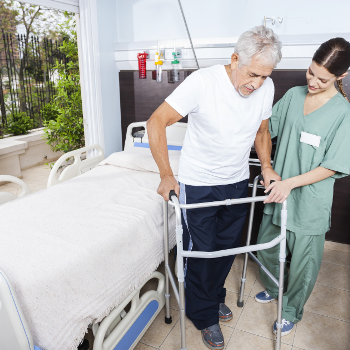
Postoperative Care for Hip Replacement
Before hip replacement surgery even takes place, a surgeon and patient will talk about a recovery and rehabilitation plan. This plan can help the patient:
- Leave the hospital sooner
- Regain hip strength and function more quickly
- Reduce the risk of developing a post-surgical limp
- Resume independent living sooner
People are typically able to take care of themselves and resume most activities 6 weeks after surgery, and are 90% recovered after 3 months. It can take up to a full year before they are 100% recovered.
Faster and slower recoveries
Healing and rehabilitation times vary among patients. Deviation from the “typical” recovery timeline cannot always be predicted, but differences are usually okay as long as the patient, physical therapist, and doctor continue to work together towards a full recovery.
Waking Up from Hip Replacement Surgery
A patient may wake up from anesthesia with a triangle-shaped pillow between his or her legs, keeping the legs slightly spread. This pillow is meant to stabilize the hips. A doctor may suggest a patient use the pillow while sleeping and resting in bed during the days following surgery.
In the hours after surgery, the patient will begin to regain feeling in his or her legs. The doctor will pre-emptively treat pain using a combination of pain-relief methods that complement each other and minimize side effects, an approach that is called multimodal analgesia.
If pain is reasonably under control, the patient may be asked to do gentle exercises in bed, such as:
- Bending and flexing the ankle (ankle pump)
- Contracting and relaxing the quadriceps muscles
- Contracting and relaxing the gluteal muscles
Gentle exercises may be done for few minutes each hour (interrupting sleep is not necessary) to facilitate blood flow.
The patient may be asked to stand up and take a few steps with the aid of a physical therapist and/or a walker. Patients who get up and bear some weight (with assistance) on their new hips soon after surgery tend to recover more quickly than patients who do not.
How Much Weight Can Be Put On the New Hip?
A surgeon or nurse will give each patient weight-bearing guidelines to follow in the hospital and at home. Initially, a patient may be advised to put just a small percentage of weight on the affected leg, with incrementally more weight being applied over time.
Exactly how much pressure the new hip can bear will depend on factors such as:
- The type of surgery and prostheses used
- The condition of the patient’s natural bone
- How the prostheses was fixated to the natural bone
For example, patients who have a cementless prostheses may need to wait longer to put weight on the hip, because the bone tissue needs time to grow and bond with the prostheses.
Full Credit To : arthritis-health.com


